Sir John Everett Millais
Paintings

Pizarro Seizing the Inca of Peru
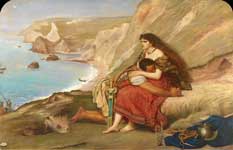
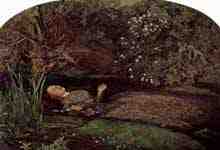
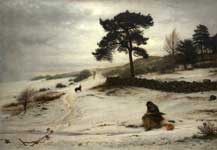




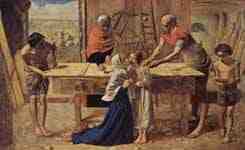
Jesus in the House of His Parents
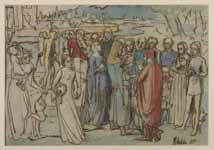
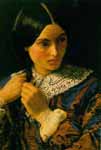
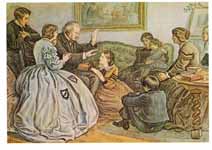
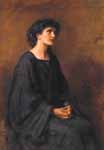
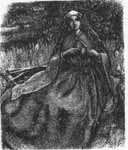

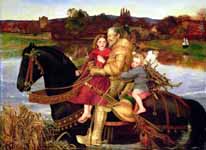
A Dream of the Past - Sir Isumbras at the Ford

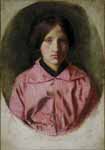

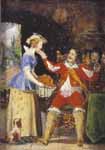
A Maid Offering a Basket of Fruit to a Cavalier
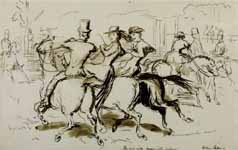
A New Ride, Kensington Gardens
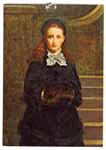
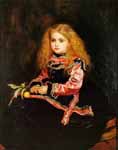
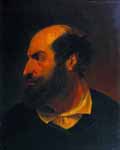
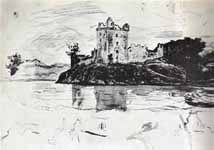
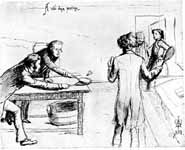

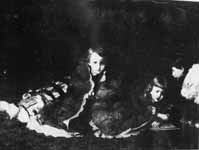
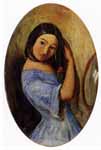
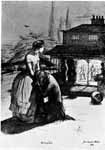
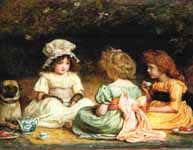

An English beauty in the manner of John Leech
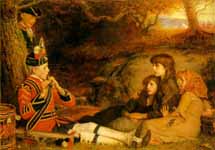

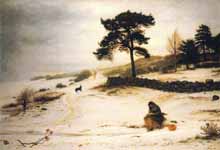

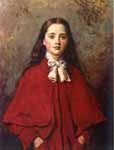
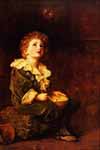
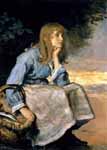
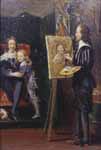
Charles I and his Son in the Studio of Van Dyck

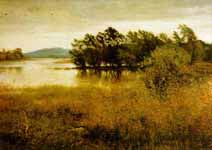

Christ in the House of His Parents (`The Carpenter's Shop')

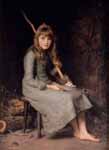


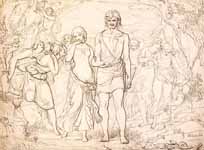
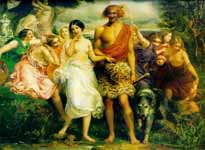
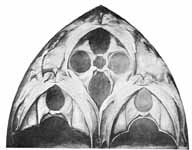
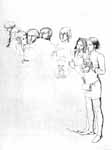
Design for a picture of 'The Canterbury Pilgrims'
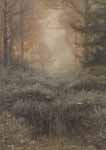
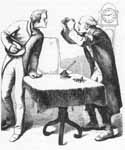
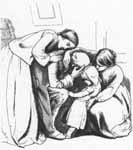

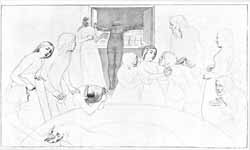

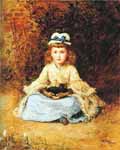
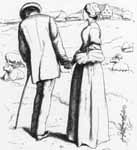
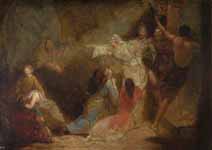
Elgiva Seized by Order of Archbishop Odo
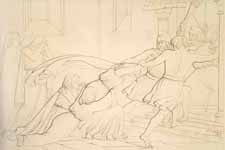
Elgiva seized by order of Odo, Archbishop of Canterbury

Enter Lord and Lady Fiddledidee

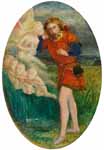


First Sketch for Ferdinand and Ariel
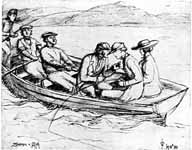
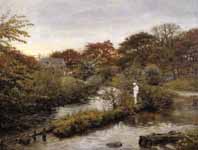

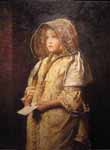
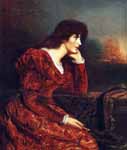
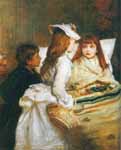

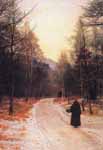
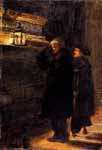
Greenwich Pensioners At The Tomb Of Nelson
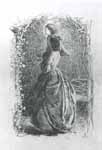

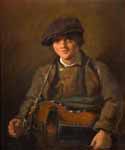



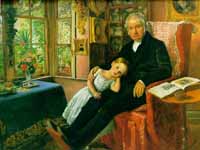
James Wyatt and His Granddaughter Mary,
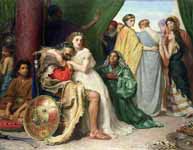


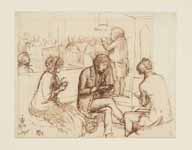



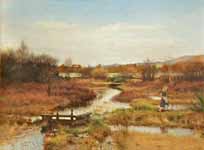
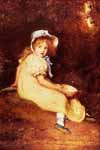
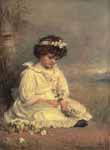
Little Speedwell's Darling Blue
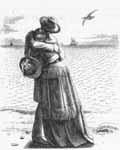
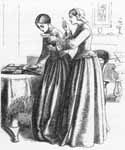

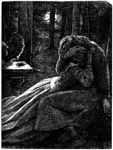
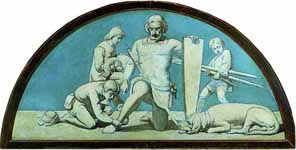

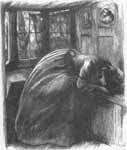

'Mark', she said, 'the men are here'
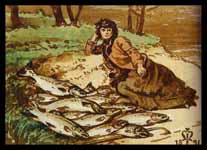
Mary Millais with a huge catch of salmon by the Tay by her father
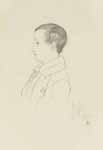

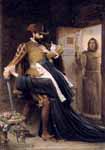
Mercy St Bartholomew's Day 1572,
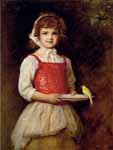
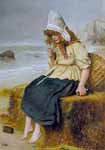
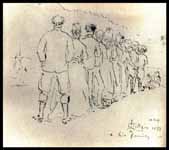
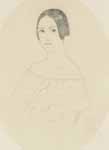
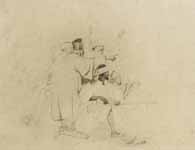

Moses, supported by Aaron and Hur, is praying for victory
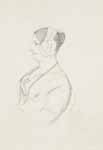
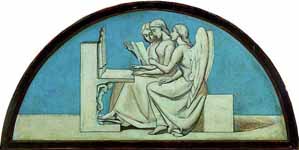
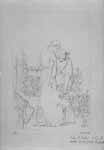
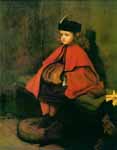
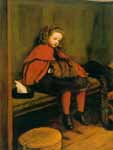
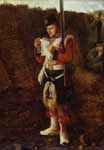
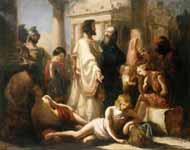

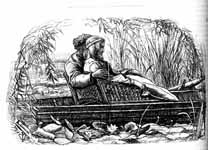
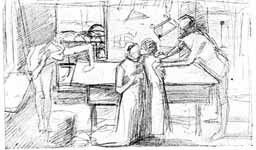
Original Drawing for 'Christ in the House of His Parents',
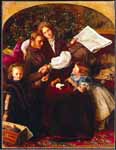
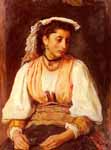
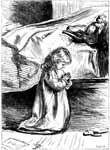
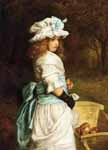

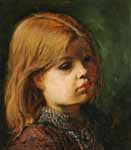


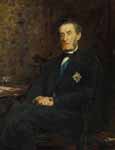
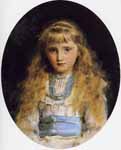
Portrait of Beatrice Caird, daughter of Sophy Caird
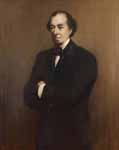
Portrait of Benjamin Disraeli, Earl of Beaconsfield (1804–1881), Prime Minister
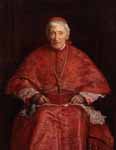
Portrait of Cardinal John Henry Newman

Portrait of Charles Allston Collins,
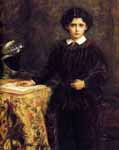
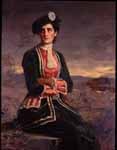

Portrait of Edward Robert Bulwer Lytton (1831–1891), 1st Earl Lytton
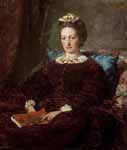
Portrait of Effie Millais, nee Gray (1828–1897)

Portrait of Euphemia Chalmers Gray,
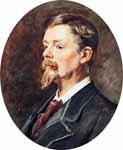
Portrait of George du Maurier (1834–1896)
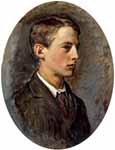

Portrait of Gertrude Vanderbilt Whitney
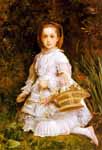
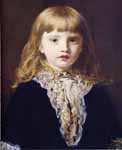
Portrait of Hugh Cayley of Wydale
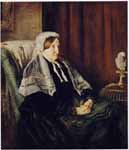

Portrait of James Paget (1814–1899), Lecturer and Surgeon at St Bartholomew's Hospital
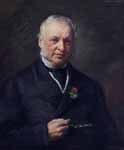
Portrait of James Wyatt Junior (b.1812), Aged 65
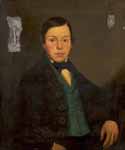
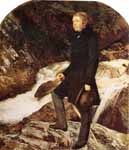
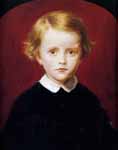
Portrait of John Wycliffe Taylor

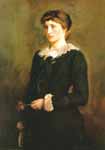
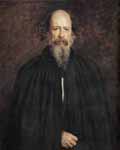
Portrait of Lord Alfred Tennyson
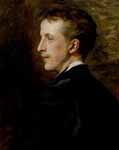
Portrait of Lord Ronald Sutherland Gower (1845–1916), Sculptor and Writer ,

Portrait of Louise Jane Jopling,
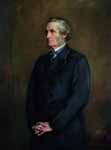
Portrait of Luther Holden (1815–1905), Surgeon at St Bartholomew's Hospital (1865–1881) ,
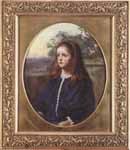
Portrait of Margaret Fuller Maitland

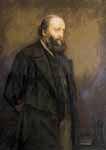
Portrait of Marquess of Salisbury (1830–1903), Lord Warden of the Cinque Ports
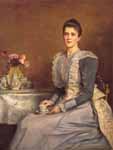
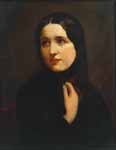

Portrait of Miss Evelyn Tennant

Portrait of Moore’s ‘Lalla Rookh’,
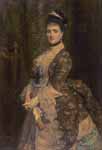
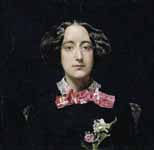
Portrait of Mrs Coventry Patmore
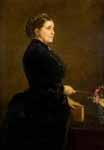
Portrait of Mrs Isabella Elder (1828–1905) ,
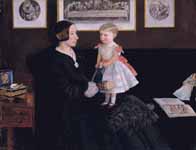
Portrait of Mrs James Wyatt Jr and her Daughter Sarah
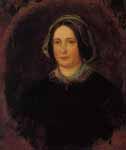
Portrait of Mrs William Evamy The Artists Aunt

Portrait of Nina Lehmann, aged nine, later Lady Campbell, full length in white dress
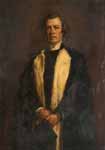
Portrait of Reverend John Caird (1820–1898), Principal of Glasgow University (1873–1898) ,
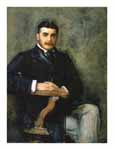
Portrait of Sir Arthur Seymour Sullivan,

Portrait of Sir Henry Thompson

Portrait of Sir Robert Pullar,

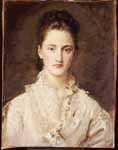
Portrait of the artist's daughter, Mary, half length

Portrait of The Earl of Beaconsfield, Benjamin Disraeli,
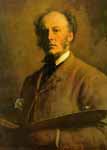
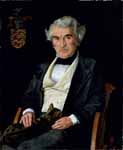
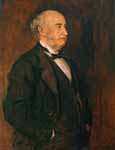
Portrait of Thomas Hyde Hills (1815–1891), President of the Pharmaceutical Society (1873–1876),
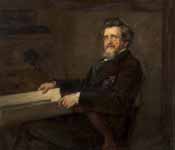
Portrait of Thomas Oldham Barlow
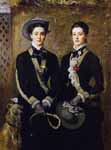
Portrait of Twins, Grace and Kate Hoare,
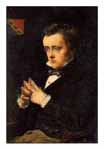

Portrait of William E. Gladstone (1809–1898) ,

Princess Elizabeth in Prison at St James’s,
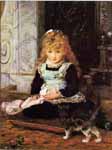
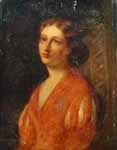
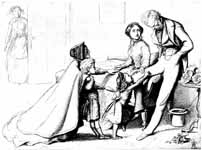
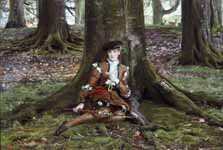
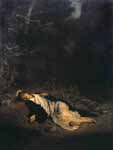
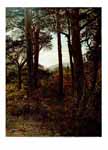
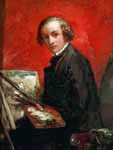
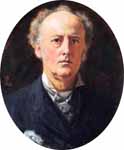
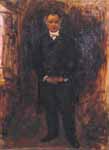
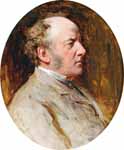
Sir John Everett Millais (1829–1896) by John Everett Millais and George Reid,
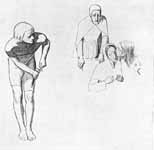
Sketch for 'Christ in the House of His Parents',

Sketches for Mariana and The Return of the Dove,
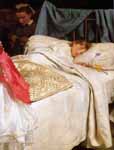
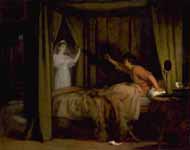
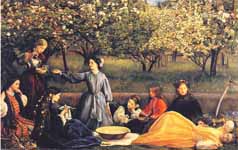
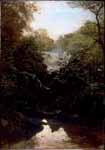
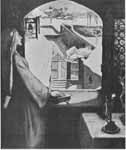
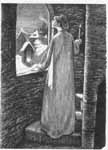

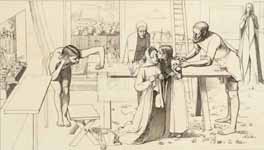
Study for 'Christ in the House of His Parents

Study for 'Christ in the House of His Parents
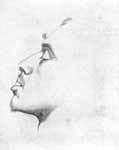
Study for 'Lorenzo and Isabella' (D. G. Rossetti],
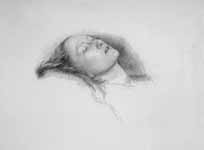

Study for 'The Black Brunswicker',
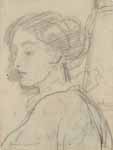
Study for 'The Black Brunswicker', Head detal,


Study of A Greek Girl, later Portia
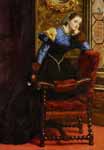

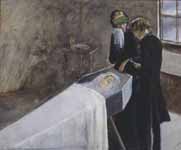
The Artist Attending the Mourning of a Young Girl,

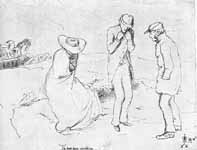
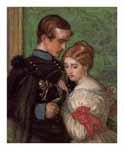

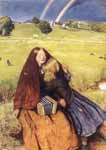
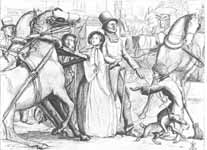
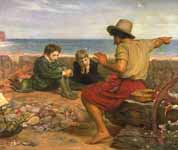
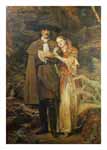
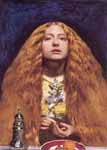
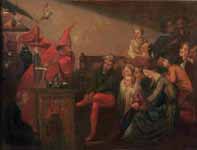
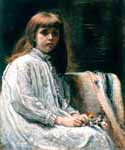
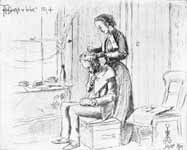

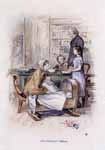
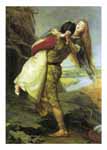
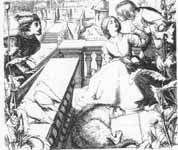
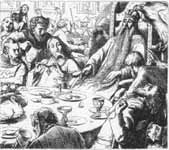
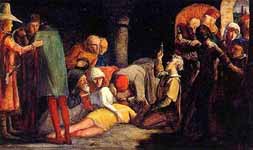
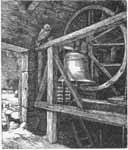
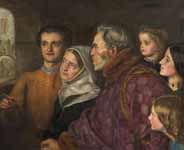
The Departure of the Crusaders
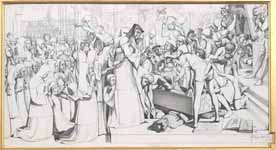
The Disentombment of Queen Matilda
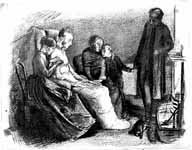

The Enemy Sowing Tares (St Matthew XIII, 24–25),
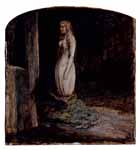

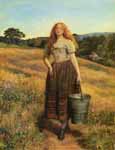
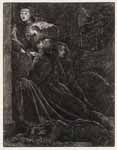
The Foolish Virgins, published 1864


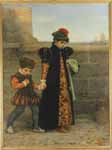
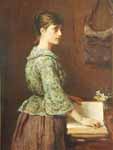
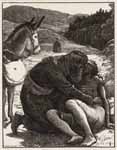
The Good Samaritan, engraved by the Dalziel Brothers, published 1863
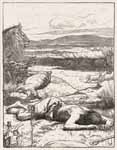
The Good Shepherd, published 1864
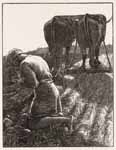
The Hidden Treasure, published 1864

The Honourable John Nevile Manners
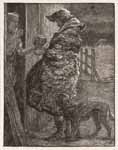
The Importunate Friend, published 1864

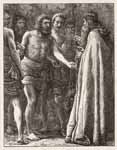
The Labourers in the Vineyard, published 1864
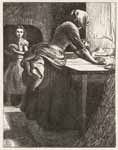
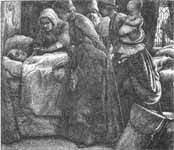
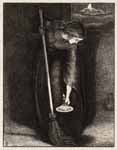
The Lost Piece of Silver, published 1864
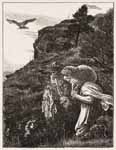
The Lost Sheep, published 1864

The Love of James 1st of Scotland
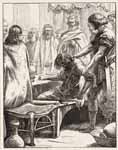
The Marriage Feast, published 1864
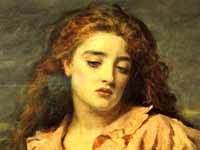
The Matyr of the Solway (detal)

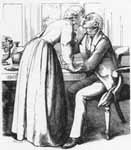

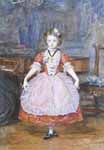
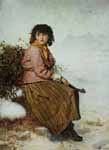
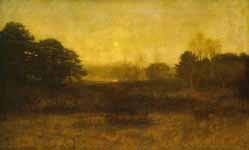
'The Moon is Up, and Yet it is not Night'
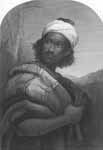
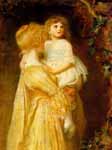
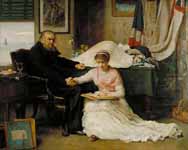
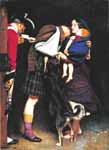

The Pearl of Great Price, published 1864

The Pharisee and the Publican, published 1864

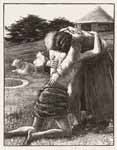
The Prodigal Son, published 1864
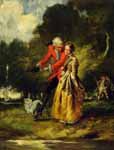





The Return of the Dove to the Ark,

The Rich Man and Lazarus, published 1864
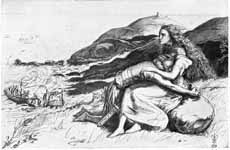
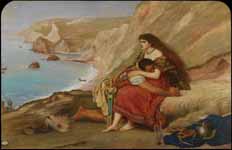
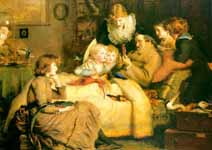


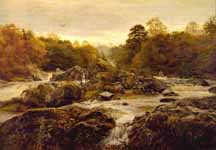
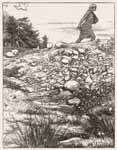
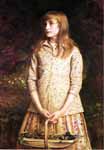
The Sweetest Eyes That Were Ever Seen

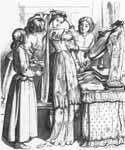
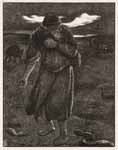
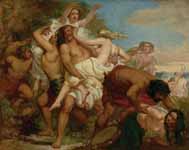
The Tribe of Benjamin Seizing the Daughter of Shiloh

The Unjust Judge and the Importunate Widow, published 1864

The Unmerciful Servant, published 1864
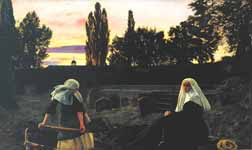
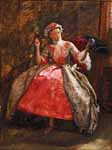
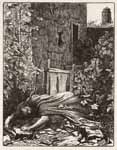
The Wicked Husbandman, published 1864

The Wise Virgins, published 1864

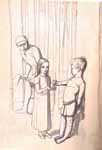
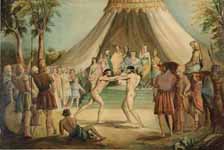
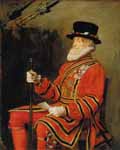
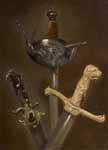

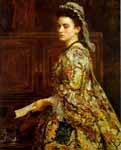
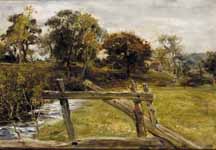

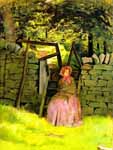
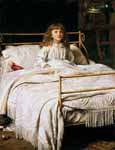

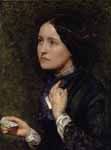
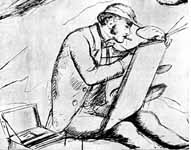

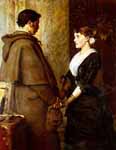
Illustrations


Christ in the House of His Parents

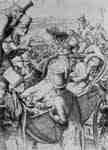
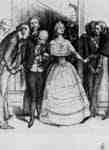

The Return of the Dove to the Ark
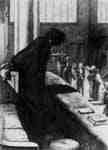
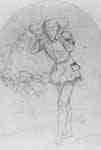


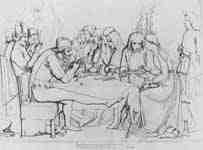

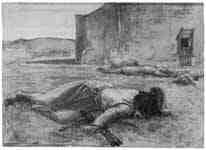
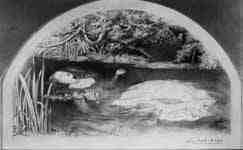

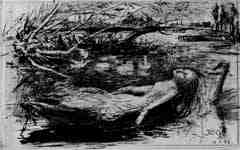
Sir John Everett Millais, 1st Baronet, PRA (/ˈmɪleɪ/; 8 June 1829 – 13 August 1896) was an English painter and illustrator who was one of the founders of the Pre-Raphaelite Brotherhood. A child prodigy, at the age of 11 he became the youngest student to enter the Royal Academy Schools. The Pre-Raphaelite Brotherhood was founded at his parents' house in London. Millais became the most famous exponent of the style, his painting Christ in the House of his Parents (1850) generating considerable controversy. By the late 1850s Millais was moving away from the Pre-Raphaelite style. His later works were enormously successful, making Millais one of the wealthiest artists of his day. However, they have typically been viewed by 20th century critics as failures. This view has changed in recent decades, as his later works have come to be seen in the context of wider changes in the art world.
Millais' personal life has also played a significant role in his reputation. His wife Effie was formerly married to the critic John Ruskin, who had supported Millais' early work. The annulment of the marriage and her marriage to Millais have sometimes been linked to his change of style.
Early life
Photo of Millais, c. 1854
Millais was born in Southampton, England in 1829, of a prominent Jersey-based family. His parents were John William Millais and Emily Mary Millais. Most of his early childhood was spent in Jersey, to which he retained a strong devotion throughout his life. The author Thackeray once asked him "when England conquered Jersey." Millais replied "Never! Jersey conquered England."[2] The family moved to Dinan in Brittany for a few years in his childhood.
His mother's "forceful personality" was the most powerful influence on his early life. She had a keen interest in art and music, and encouraged her son's artistic bent, promoting the relocating of the family to London to help develop contacts at the Royal Academy of Art. He later said "I owe everything to my mother".[3]
His prodigious artistic talent won him a place at the Royal Academy schools at the unprecedented age of eleven. While there, he met William Holman Hunt and Dante Gabriel Rossetti with whom he formed the Pre-Raphaelite Brotherhood (known as the "PRB") in September 1848 in his family home on Gower Street, off Bedford Square.
Pre-Raphaelite works
Mariana
Millais's Christ in the House of His Parents (1850) was highly controversial because of its realistic portrayal of a working class Holy Family labouring in a messy carpentry workshop. Later works were also controversial, though less so. Millais achieved popular success with A Huguenot (1852), which depicts a young couple about to be separated because of religious conflicts. He repeated this theme in many later works. All these early works were painted with great attention to detail, often concentrating on the beauty and complexity of the natural world. In paintings such as Ophelia (1852) Millais created dense and elaborate pictorial surfaces based on the integration of naturalistic elements. This approach has been described as a kind of "pictorial eco-system". Mariana is painting that Millais painted 1851 based on the play Measure for Measure, by William Shakespeare. written between 1601 and 1606. In the play, the young Mariana was to be married, but was rejected by her when her dowry was lost in a shipwreck.
This style was promoted by the critic John Ruskin, who had defended the Pre-Raphaelites against their critics. Millais's friendship with Ruskin introduced him to Ruskin's wife Effie. Soon after they met she modelled for his painting The Order of Release. As Millais painted Effie they fell in love. Despite having been married to Ruskin for several years, Effie was still a virgin. Her parents realised something was wrong and she filed for an annulment.
Family
Photo assemblage of Millais' family circa 1870 (compiled by Emily Fane de Salis).
Left to right: Top line Everett Millais; Mrs Emily Millais;
Middle line: J.E, Millais, John Guille Millais; Effie Millais;
Bottom line: Caroline Alice Millais
In 1855, after her marriage to Ruskin was annulled, Effie and John Millais married. He and Effie eventually had eight children: Everett, born in 1856; George, born in 1857; Effie, born in 1858; Mary, born in 1860; Alice,[4] born in 1862; Geoffroy, born in 1863; John in 1865; and Sophie in 1868. Their youngest son, John Guille Millais, became a notable naturalist and wildlife artist.
Effie's younger sister Sophy Gray sat for several pictures by Millais, prompting some speculation about the nature of their apparently fond relationship.[5]
Later works
After his marriage, Millais began to paint in a broader style, which was condemned by Ruskin as "a catastrophe". It has been argued that this change of style resulted from Millais's need to increase his output to support his growing family. Unsympathetic critics such as William Morris accused him of "selling out" to achieve popularity and wealth. His admirers, in contrast, pointed to the artist's connections with Whistler and Albert Moore, and influence on John Singer Sargent. Millais himself argued that as he grew more confident as an artist, he could paint with greater boldness. In his article "Thoughts on our art of Today" (1888) he recommended Velázquez and Rembrandt as models for artists to follow. Paintings such as The Eve of St. Agnes and The Somnambulist clearly show an ongoing dialogue between the artist and Whistler, whose work Millais strongly supported. Other paintings of the late 1850s and 1860s can be interpreted as anticipating aspects of the Aesthetic Movement. Many deploy broad blocks of harmoniously arranged colour and are symbolic rather than narratival. From 1862, the Millais family lived at 7 Cromwell Place, Kensington, London.[6]
Blue Plaque, 7 Cromwell Place, Kensington
Later works, from the 1870s onwards demonstrate Millais's reverence for Old Masters such as Joshua Reynolds and Velázquez. Many of these paintings were of an historical theme and were further examples of Millais's talent. Notable among these are The Two Princes Edward and Richard in the Tower (1878) depicting the Princes in the Tower, The Northwest Passage (1874) and the Boyhood of Raleigh (1871). Such paintings indicate Millais's interest in subjects connected to Britain's history and expanding empire. Millais also achieved great popularity with his paintings of children, notably Bubbles (1886) – famous, or perhaps notorious, for being used in the advertising of Pears soap – and Cherry Ripe. His last project (1896) was to be a painting entitled The Last Trek. Based on his illustration for his son's book, it depicted a white hunter lying dead in the African veldt, his body contemplated by two Africans.
Landscapes 1870–92
Millais later in his career.
This fascination with wild and bleak locations is also evident in his many landscape paintings of this period, which usually depict difficult or dangerous terrain. The first of these, Chill October (1870) was painted in Perth, near his wife's family home. Chill October (Collection of Sir Andrew Lloyd Webber), was the first of the large-scale Scottish Landscapes Millais painted periodically throughout his later career. Usually autumnal and often bleakly unpicturesque, they evoke a mood of melancholy and sense of transience that recalls his cycle-of-nature paintings of the later 1850s, especially Autumn Leaves (Manchester Art Gallery) and The Vale of Rest (Tate Britain), though with little or no direct symbolism or human activity to point to their meaning. In 1870 Millais returned to full landscape pictures, and over the next twenty years painted a number of scenes of Perthshire where he was annually found hunting and fishing from August until late into the autumn each year. Most of these landscapes are autumnal or early winter in season and show bleak, dank, water fringed bog or moor, loch and riverside. Millais never returned to "blade by blade" landscape painting, nor to the vibrant greens of his own outdoor work in the early fifties, although the assured handling of his broader freer, later style is equally accomplished in its close observation of scenery. Many were painted elsewhere in Perthshire, near Dunkeld and Birnam, where Millais rented grand houses each autumn to hunt and fish. Christmas Eve, his first full landscape snow scene, painted in 1887, was a view looking towards Murthly castle.
Illustrations
Millais was also very successful as a book illustrator, notably for the works of Anthony Trollope and the poems of Tennyson. His complex illustrations of the parables of Jesus were published in 1864. His father-in-law commissioned stained-glass windows based on them for Kinnoull parish church, Perth. He also provided illustrations for magazines such as Good Words. In 1869 he was recruited as an artist for the newly founded weekly newspaper The Graphic. As a young man Millais frequently went on sketching expeditions to Keston and Hayes. Whilst there he painted a sign for an inn where he used to stay, near to Hayes church (cited in Chums annual, 1896, page 213).
Academic career
John Everett Millais by Thomas Brock at Tate Britain
Millais was elected as an associate member of the Royal Academy of Arts in 1853, and was soon elected as a full member of the Academy, in which he was a prominent and active participant. He was created a Baronet, of Palace Gate, in the parish of St Mary Abbot, Kensington, in the county of Middlesex, and of Saint Ouen, in the Island of Jersey, in 1885,[7] the first artist to be honoured with a Hereditary Title. After the death of Lord Leighton in 1896, Millais was elected President of the Royal Academy, but he died later in the same year from throat cancer. He was buried in St Paul's Cathedral.
Memorial statue
When Millais died in 1896, the Prince of Wales (later to become King Edward VII) chaired a memorial committee, which commissioned a statue of the artist.[8] This was installed at the front of the National Gallery of British Art (now Tate Britain) in the garden on the east side in 1905. On 23 November that year, the Pall Mall Gazette called it "a breezy statue, representing the man in the characteristic attitude in which we all knew him".[8]
In 1953, Tate Director, Sir Norman Reid, attempted to have it replaced by Auguste Rodin's John the Baptist, and in 1962 again proposed its removal, calling its presence "positively harmful". His efforts were frustrated by the statue's owner, the Ministry of Works. Ownership was transferred from the Ministry to English Heritage in 1996, and by them in turn to the Tate.[8] In 2000, under Stephen Deuchar's directorship, the statue was removed to the rear of the building.[8]
Media
Millais's relationship with Ruskin and Effie has been the subject of several dramas, beginning with the silent film The Love of John Ruskin from 1912. There have also been stage and radio plays and an opera. The 2014 film, Effie Gray, written by Emma Thompson, features Tom Sturridge as Millais.
The PRB as a whole have been the subjects of two BBC period dramas. The first, entitled The Love School, was shown in 1975, starring Peter Egan as Millais. The second was Desperate Romantics, in which Millais is played by Samuel Barnett. It was first broadcast on BBC 2 Tuesday, 21 July 2009.[9]
In 2004, the artists Hamilton and Ashrowan produced a work referencing Millais's landscape painting The Sound of Many Waters (1876).[10] The work was filmed at Rumbling Bridge on the River Braan in Perthshire, the site where Millais made the painting. It consisted of a 32 screen moving image installation at Perth Concert Hall, including a film of the Millais painting.[11]
Selected works in museums
The Blind Girl: Birmingham Museum & Art Gallery
Pizarro Seizing the Inca of Peru[12] V&A
The Two Princes Edward and Richard in the Tower: Picture Gallery of Royal Holloway College
Notes and references
"Millais, John Everett". Dictionary of National Biography (1st supplement). London: Smith, Elder & Co. 1901.
cited in Chums annual, 1896, page 213
J. N. P. Watson, Millais: three generations in nature, art & sport, Sportsman's Press, 1988, p.10
Later Alice Stuart-Wortley, she was a friend of the composer Edward Elgar, called by him "Windflower"
Suzanne Fagence Cooper (2010) The Model Wife
"''John Everett Millais 1829–1896,'' Tate Gallery, London". Tate.org.uk. Retrieved 2014-01-29.
The London Gazette: no. 25490. p. 3239. 14 July 1885.
Birchall, Heather. "Sir Thomas Brock 1847–1922", Tate online, February 2002. Retrieved 5 April 2008.
"BBC Drama Production presents Desperate Romantics for BBC Two" (Press release). BBC. 2008-08-07. Retrieved 23 October 2010.
Millais and The Sound of Many Waters by Dr. Ailsa Boyd, hamiltonashrowan.com, retrieved 3 March 2011
Video documentation ashrowan.com, retrieved 3 March 2011
"Pizarro Seizing the Inca of Peru".
Further reading
External video John Everett Millais - Mariana - Google Art Project.jpg
Millais's Mariana[1]
Sir John Everett Millais's Christ in the House of His Parents[2]
Sir John Everett Millais's Ophelia[3]
Millais' The Vale of Rest, all from Smarthistory[4]
Anonymous (1873). Cartoon portraits and biographical sketches of men of the day. Illustrated by Waddy, Frederick. London: Tinsley Brothers. pp. 8–9. Retrieved 28 December 2010.
Baldry, A. L. Sir John Everett Millais (London, G. Bell & Sons, 1908).
Barlow, Paul Time Present and Time Past: The Art of John Everett Millais, Ashgate 2005.
Bennett, Mary. Footnotes to the Millais Exhibition (Walker Art Gallery (Liverpool Bulletin, No 12 1967).
Bennett, Mary (catalogue) (Walker Art Gallery and Royal Academy catalogue 1967).
Campbell-Johnston, R (25 September 2007). "Master of Victorian values". Visual Arts (London: The Times). Retrieved 24 September 2007.
Daly, G (1989). Pre-Raphaelites in love. New York: Ticknor & Fields. ISBN 0-89919-450-8. OCLC: 18463706.
Eggeling, Dr Joe. Millais and Dunkeld The story of Millais's Landscapes (1985).
Goldman, Paul. Beyond Decoration: the Illustrations of John Everett Millais. Pinner, Middlesex: Private Libraries Association, 2005
Lutyens (ed). Millais and the Ruskins 1967.
Lutyens, M. Letters from John Everett Millais, Bart P.R.A. and William Holman Hunt. O.M. (The Walpole Society, 1972-4).
Mancoff, D. N. (ed). John Everett Millais beyond the Pre Raphaelite Brotherhood (London and New Haven, 2001).
Millais, John Guille. The Life and Letters of John Everett Millais. Volume 1, Volume 2 (London: Methuen, 1899).
National Portrait Gallery catalogue, 1999.
Rosenfeld, Jason and Smith, Alison (Tate Britain catalogue, 2007).
Reynolds, Matthew (24 October 2007). "Millais's high drama and low designs". London: The Times.
Spielmann, Marion. Notes on Millais Exhibition R.A. 1898.
F.G. Stephens. Grosvenor 1886 Exhibition of the works of John Everett Millais, Bt (Notes from a catalogue, 1886)
Warner, Malcolm. The Drawings of John Everett Millais (Arts council catalogue, 1979).
Williamson, Audrey (1976). Artists and Writers in Revolt – The Pre-Raphaelites.
Artist
A - B - C - D - E - F - G - H - I - J - K - L - M -
N - O - P - Q - R - S - T - U - V - W - X - Y - Z
Retrieved from "http://en.wikipedia.org/"
All text is available under the terms of the GNU Free Documentation License



